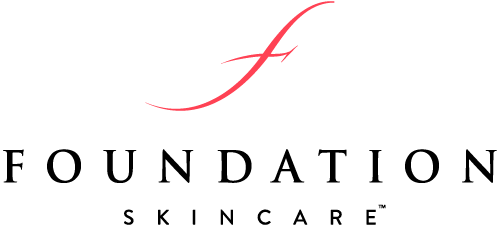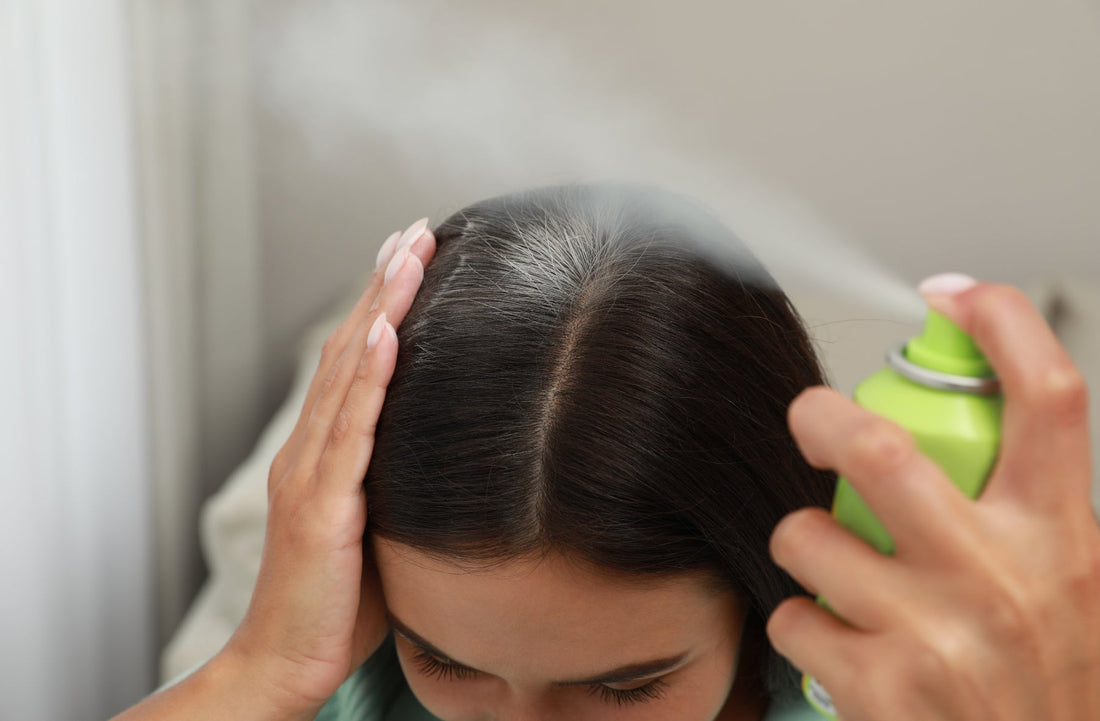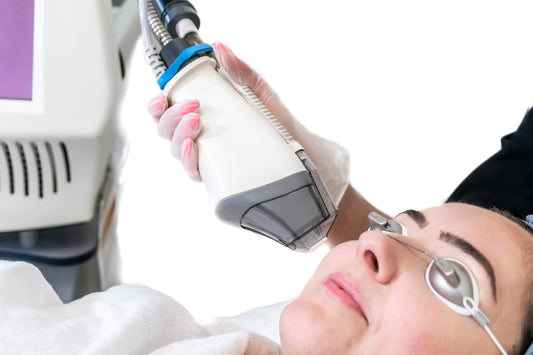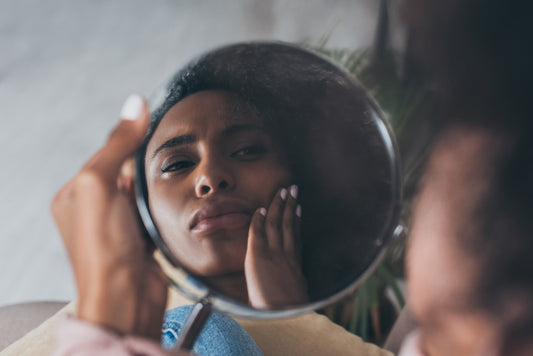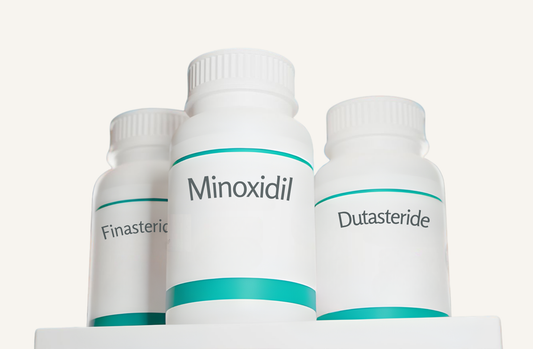Whether it’s because we’ve overslept or our workout runs late, we all have days when we leave the house without washing our hair.
Enter our love affair with dry shampoo. While its popularity has recently soared, it has been around since Victorian days. People have always wanted a quick way to keep hair looking good. Here’s what you need to know about dry shampoo.
What is Dry Shampoo?
Dry shampoo is typically a spray or powder that absorbs excess oil, dirt, and grease to make hair look cleaner. Usually starch or alcohol based, dry shampoo doesn’t contain water and isn’t really shampoo, and it doesn’t clean your hair.1
Benefits of Dry Shampoo
Dry shampoo is so popular because it works. It saves time and allows you to quickly refresh your hair during the day. But the benefits don’t stop there.
- Dry shampoo allows you to skip daily hair washing and still look fresh. Your scalp and hair need the natural oils that they create and washing your hair every day can strip them away, leaving your hair and scalp feeling tight and dry. Dry shampoo allows you to skip a day or two of washing, preserving enough natural oils to keep your hair and scalp healthy.6
- Dry shampoo can boost your hair volume and texture, especially if you have thin, fine hair. Using dry shampoo instead of hair spray can help hair hold its shape longer.6
- Dry shampoo helps hair treatments last longer. Whether it is avoiding a wash to keep that blowout a few extra days or to keep your color from washing out, dry shampoo allows you to keep that salon look longer. Tinted dry shampoo can even be used to hide hair regrowth between color appointments.6
Potential Risks of Using Dry Shampoo
It isn’t all sunshine, flowers, and great hair days with dry shampoo. It’s important to know the proper way to use it.
If you use dry shampoo moderately and follow directions, you shouldn’t encounter any risks, but there are some things to watch for.
Not only is dry shampoo not a cleanser, it leaves a residue in your hair and scalp. If the residue builds up, it can cause your scalp to itch or get clogged pores or pimples.1
Clogged pores are a feeding ground for bacteria and yeast, which may cause a scalp condition called seborrheic dermatitis or a red, scaly scalp. Dandruff isn’t caused by dry shampoo, but lack of washing leads to an overly oily scalp resulting in flaking.2
Infection can affect hair follicles resulting in red, sore pimples where the follicle enters the scalp, a condition called folliculitis. Overuse of dry shampoo can also cause the hair follicle to become dry and brittle. This can lead to hair breakage and hair loss.2
In 2022, the Food and Drug Association found that several brands of dry shampoo contained elevated levels of benzene, a carcinogen that causes cancer and asked for a voluntary recall of the affected products. If you have a dry shampoo that you bought before 2023, you should throw it out. Check for “benzene free” on labels and avoid ingredients like butane, isobutane, or propane.11
How Dry Shampoo Affects Different Hair Types
Because all hair is different, it’s important that you treat your hair with products that work with your hair type.
-
Normal Hair:
- Normal hair isn’t colored, permed, straightened, or treated with any chemicals, and it isn’t overly oily or dry. Most dry shampoos will keep normal hair looking great between washing.8
-
Oily Hair:
- Your body typically creates the oils your hair needs.If it’s more than you would like to make you feel fabulous, good news. Dry shampoo will work best with your hair, giving you an extra day or two between washings.8
-
Dry or Damaged Hair:
- If your scalp and hair often feel tight or look dry, or if you typically perm, straighten, or use harsh styling or products or procedures to get the look you want, use dry shampoo sparingly. Most dry shampoos contain ingredients that can dry your hair even more, leaving you prone to weak hair follicles and breakage. You should properly wash your hair at least three times a week.8
How to Use Dry Shampoo Safely
Use these tips to get the best results from dry shampoo while keeping your scalp or hair healthy.1,2
- Shake product before using and apply to your hair only and not your scalp.
- Keep the spray at least six inches from your head for even distribution.
- Apply only in areas where the oil is most noticeable - usually the temples or crown.
- Use your fingers to redistribute the dry shampoo throughout your hair.
- Use care if you style hair with straighteners or curling irons. The heat combined with the dry shampoo may damage your hair.
- Don’t use dry shampoo more than two days in a row and no more than twice a week.
- If you have dark hair, use a tinted product so you don’t have hair discoloration.
- If your hair feels dry, stiff, or gritty, you may have applied too much product.
- Tips for curly hair: People rocking curls should apply product at the bottom of the hair shaft and use fingers to spread it. Don’t brush your hair or apply dry shampoo directly on your curls. Instead, after distributing dry shampoo evenly, treat your curls to a smoothing or hydrating oil to make them look lushious.8
Expert Opinions
Dermatologists suggest the following for safe and effective use of dry shampoo.4
- It works best with long, fine hair that gets frizzy after washing.
- Beware of homemade dry shampoo that uses cornstarch which can feed bacteria causing a foul odor.
- Review ingredients before using to avoid an allergic reaction. If your scalp feels tight or dry after using dry shampoo, select a fragrance free option.
- Use a small amount only where you need it. You can add more if you need it.
- Apply the night before or before a workout to give the product time to absorb as much oil and dirt as possible.
- Wash your hair regularly with water and shampoo to avoid infection, fight odor, and keep your hair looking its best.
- Stop using If you notice scalp burning, itching, or irritation. If the sensations don’t stop after washing hair, call your dermatologist.
- Avoid it if you have sensitive skin, dandruff, seborrheic dermatitis, eczema, psoriasis, or other scalp conditions.
- If you’re using a topical prescription medication on your scalp, check with your dermatologist before using dry shampoo.
Dry shampoo is a great tool to have when you need it, but like any good tool, you get best results when you use it in moderation.
References:
-
https://www.webmd.com/beauty/what-is-dry-shampoo
-
https://www.healthline.com/health/is-dry-shampoo-bad-for-your-hair
-
https://www.healthline.com/health/how-does-dry-shampoo-work
-
https://www.aad.org/public/everyday-care/hair-scalp-care/hair/dry-shampoo-best-results
-
https://www.byrdie.com/how-to-use-dry-shampoo-5218685
-
https://www.womenshealthmag.com/beauty/a43921412/how-to-use-dry-shampoo
-
https://healthcare.utah.edu/huntsmancancerinstitute/news/2023/03/dry-shampoo-and-cancer-risk-what-you-need-know
-
https://www.ncbi.nlm.nih.gov/pmc/articles/PMC4458934/
-
https://www.southernliving.com/fashion-beauty/hairstyles/dry-shampoo-for-curly-hair
-
https://www.today.com/health/skin-beauty/should-you-use-dry-shampoo-rcna80826
-
https://the-every.com/en/benzene-in-dry-shampoos-how-to-ensure-your-dry-shampoo-is-benzene-free
